Galvanization (Galvanized) is a process in which a protective zinc coating is applied to iron or steel to prevent rusting. The term “galvanized” refers to the result of this process, where the base metal is coated with zinc, which serves as a protective layer.
While the most common use of galvanization involves protecting steel, this process has a wide range of applications across industries, from construction to agriculture. Galvanizing has Vietnamese name called “mạ kẽm“, Let’s follow the article made by Xi ma Ngu Kim.
Introduction to galvanizing
Historically, the concept of galvanizing metals began in the 18th century, but it wasn’t until the 19th century that the process was fully developed and commercialized. French engineer Stanislas Sorel is credited with patenting the modern hot-dip galvanizing process in 1837, which has become a cornerstone of modern industrial metal protection.
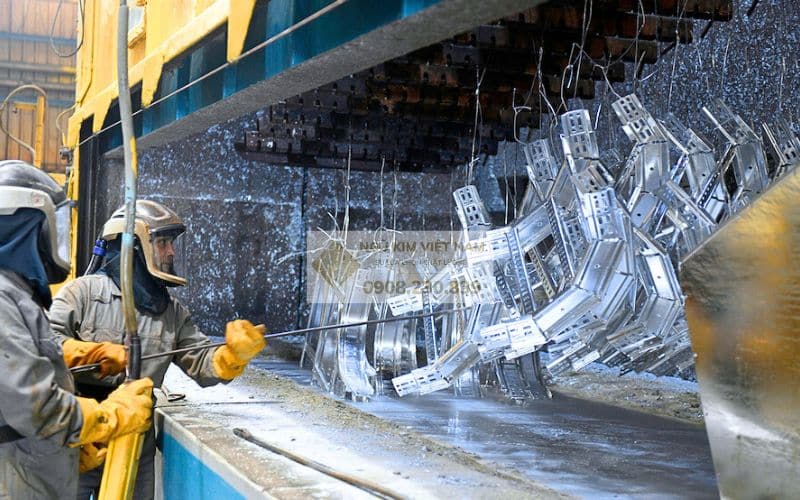
This technological advancement has significantly increased the longevity of metals used in outdoor and high-moisture environments.
How Galvanization Works
The Science Behind Galvanization
The process of galvanization works primarily through a method called “sacrificial protection.” Zinc, being more reactive than iron or steel, corrodes preferentially when exposed to moisture and air, protecting the underlying metal from rust.
When exposed to the environment, zinc forms a thin, protective layer of zinc oxide, which then reacts further to create zinc carbonate. This barrier is highly resistant to moisture, protecting the base metal for an extended period.
Key Processes in Galvanization
Galvanization typically involves several steps, depending on the specific method used:
Surface Preparation: The metal is cleaned to remove any impurities like dirt, grease, or oxides that may prevent the zinc from bonding correctly.
Fluxing: A chemical cleaning step that ensures the surface is fully prepared to bond with the zinc.
Zinc Coating Application: The metal is either dipped into molten zinc (hot-dip galvanization) or coated using electrolysis (electro-galvanization).
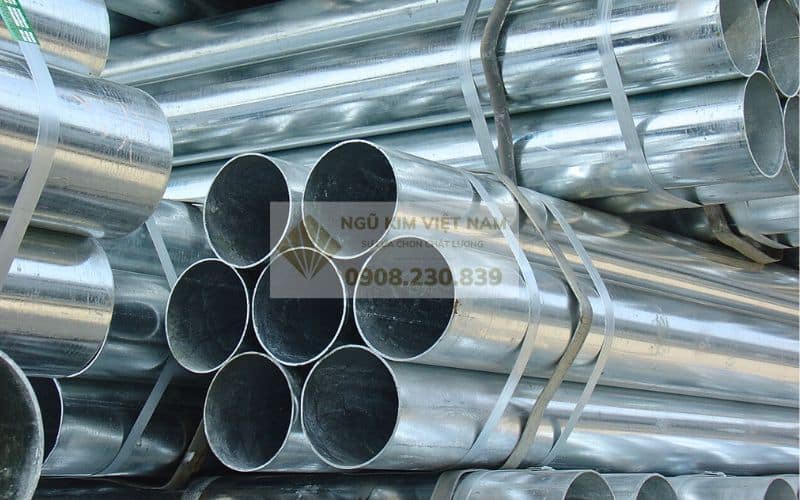
>> Xem thêm: Bảng giá xi mạ kẽm mới nhất
Types of Galvanization
1. Hot-Dip Galvanization
Hot-dip galvanization is one of the most popular methods for applying a zinc coating. In this process, the base metal is immersed in a bath of molten zinc, usually heated to about 450°C (840°F). The result is a thick, durable zinc coating that protects the steel from corrosion.
2. Electro-Galvanization
In electro-galvanization, zinc is applied to the steel using an electrical current in a plating bath. While this process results in a thinner, more uniform coating than hot-dip, it offers less corrosion resistance. However, it’s ideal for applications where appearance and surface smoothness are important, like automotive bodies.
3. Continuous Galvanization
This method is commonly used in the production of galvanized steel sheets. The steel passes through a molten zinc bath in a continuous process, creating a uniform coating suitable for products like corrugated metal roofing.
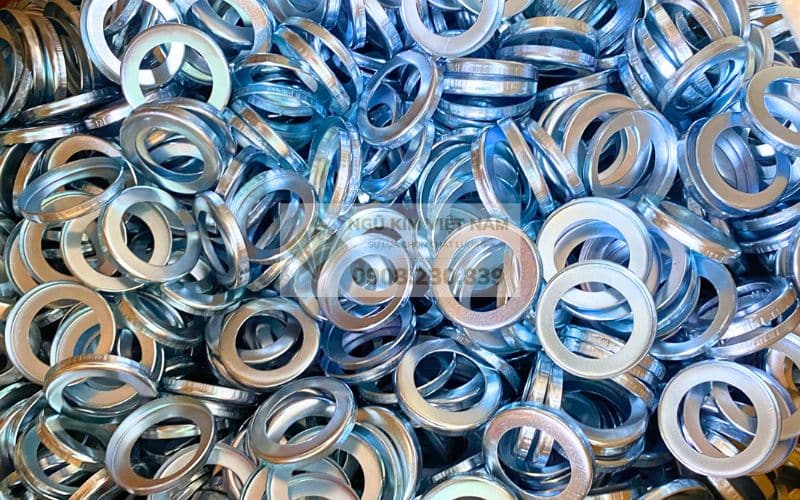
Benefits of Galvanized Products
Corrosion Resistance
The primary advantage of galvanized products is their excellent corrosion resistance. Galvanization significantly slows the rusting process, which can drastically reduce the maintenance costs and extend the lifespan of steel structures and components.
Longevity and Durability
Galvanized products have a long lifespan, often lasting 20-50 years or more, depending on environmental conditions. The durability of the zinc coating ensures that structures remain strong, even in harsh conditions like marine environments.
Cost-Effectiveness
Galvanizing is a relatively low-cost method compared to other corrosion prevention techniques, such as painting or using stainless steel. Its long-term durability and minimal maintenance needs make it an economical choice for many industries.
Common Applications of Galvanized Products
Construction Industry
Galvanized steel is widely used in the construction industry for structural beams, roofing materials, and reinforcement bars. Its resistance to weathering and corrosion makes it an ideal choice for outdoor structures.
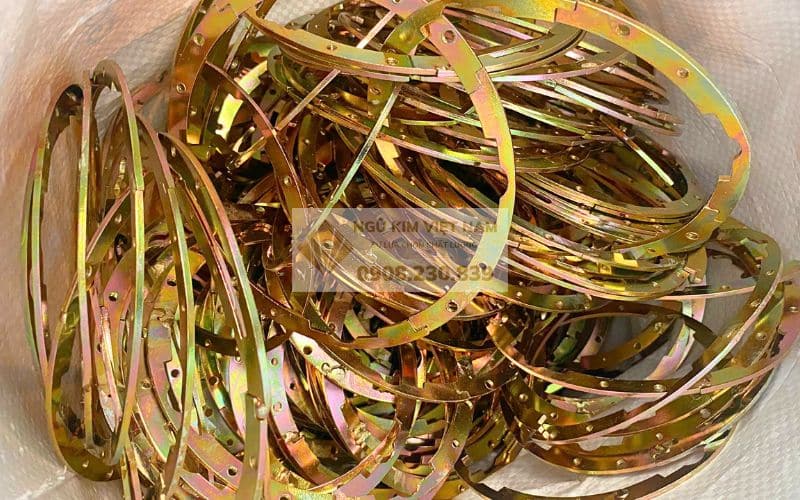
Automotive Industry
In the automotive industry, galvanized steel is used for car bodies and frames, providing essential protection against rust and corrosion caused by exposure to road salts and moisture.
Agricultural Uses
Galvanized steel is also employed in agricultural settings for fencing, storage tanks, and machinery. It offers excellent resistance to moisture and soil, making it a valuable material for farming and livestock applications.
Consumer Products
Many everyday items, like outdoor furniture, garden tools, and appliances, are made with galvanized steel to extend their usability and maintain their appearance despite exposure to the elements.
Galvanized Steel vs. Non-Galvanized Steel
Performance Comparison
Galvanized steel outperforms non-galvanized steel in almost every aspect, particularly in terms of corrosion resistance. Non-galvanized steel requires frequent painting or coating to maintain, while galvanized steel remains largely maintenance-free over long periods.
Maintenance Needs
Non-galvanized steel typically requires regular inspection and recoating to prevent rust. In contrast, galvanized steel’s zinc coating self-heals small scratches and cuts, drastically reducing maintenance needs.
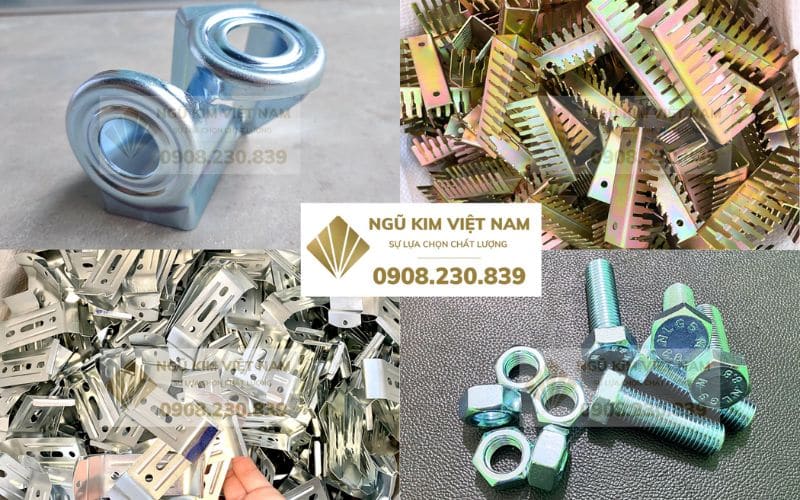
Environmental Impact
While galvanization adds an extra process to steel production, the reduced need for maintenance and the material’s recyclability make it a more environmentally friendly option over time compared to untreated steel.
FAQs About Galvanized Products
- How long does galvanized steel last?
Galvanized steel can last anywhere from 20 to 50 years, depending on the environment and exposure to corrosive elements. Properly maintained, it can even last longer in favorable conditions.
- Can galvanized steel rust?
While galvanized steel is highly resistant to rust, it is not immune. In highly aggressive environments, such as marine areas, the zinc coating can eventually wear down, allowing rust to form.
- Is galvanization environmentally friendly?
Yes, galvanization is considered environmentally friendly because it extends the life of steel, reducing the need for frequent replacements. Zinc itself is a natural, abundant element, and galvanized steel is fully recyclable.
- Can you paint over galvanized steel?
Yes, you can paint over galvanized steel, but it requires surface preparation. Special primers are used to ensure the paint adheres properly to the zinc coating.
- What are the alternatives to galvanization?
Alternatives to galvanization include using stainless steel, applying protective coatings like paint or powder coating, and using weathering steel (Corten steel), which forms a protective rust layer.
- Is galvanization only for steel?
No, while galvanization is most commonly used for steel, it can also be applied to iron and other metals that need protection from corrosion.
Thank you for following the entire article on the topic of galvanizing. If you have a need to perform galvanized, please call us via hotline 090 823 08 39
>> Tham khảo: Công ty mạ kẽm nhúng nóng
